India in the Global AI Race: Opportunities & Challenges of OpenAI & DeepSeek
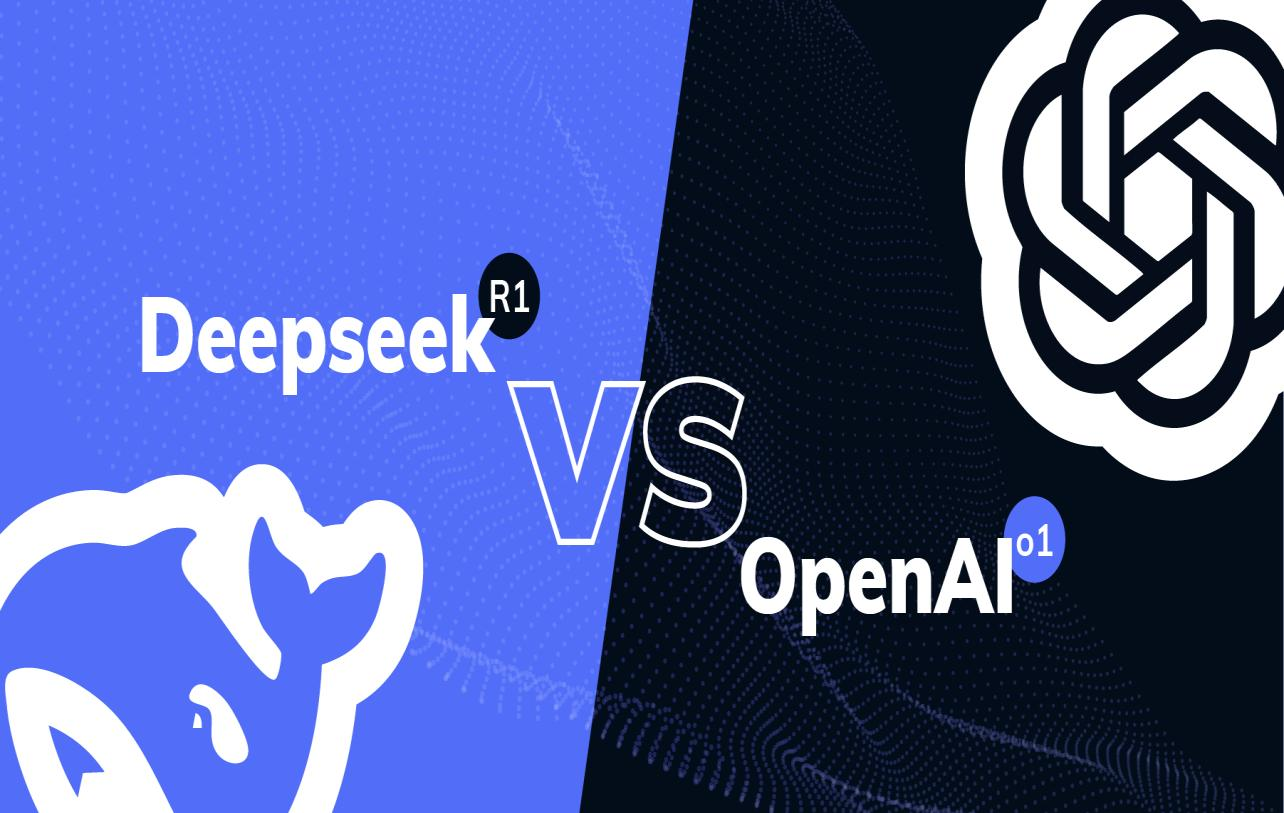
Context:
- Honorable Prime Minister Narendra Modi called for collective efforts to establish a global framework for AI that upholds shared values, addresses risks, builds trust and ensures access to all, especially the Global South.

- Recently, Chinese startup DeepSeek has launched AI models that compete with top U.S. models at a much lower cost.
- In December 2024, the company revealed that training its DeepSeek-V3 model cost less than $6 million using Nvidia H800 chips.
1.
What is Artificial Intelligence (AI)?
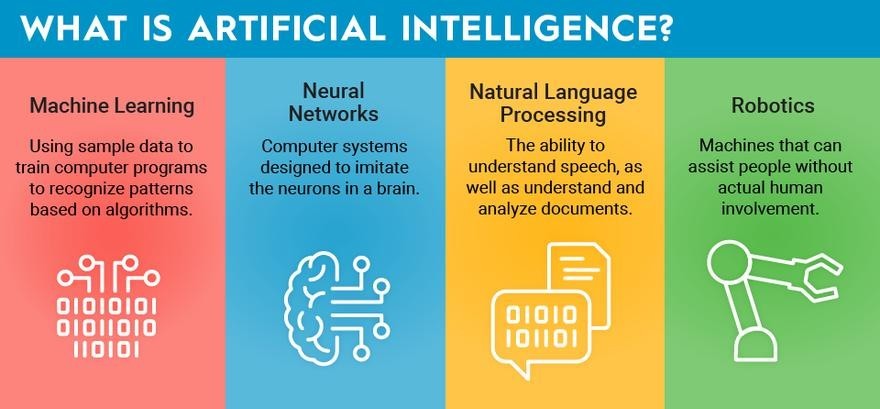
- Artificial intelligence (AI) is the theory and development of computer systems capable of performing tasks that historically required human intelligence, such as recognizing speech, making decisions, and identifying patterns.
- AI is an umbrella term that encompasses a wide variety of technologies, including machine learning, deep learning, and natural language processing (NLP).
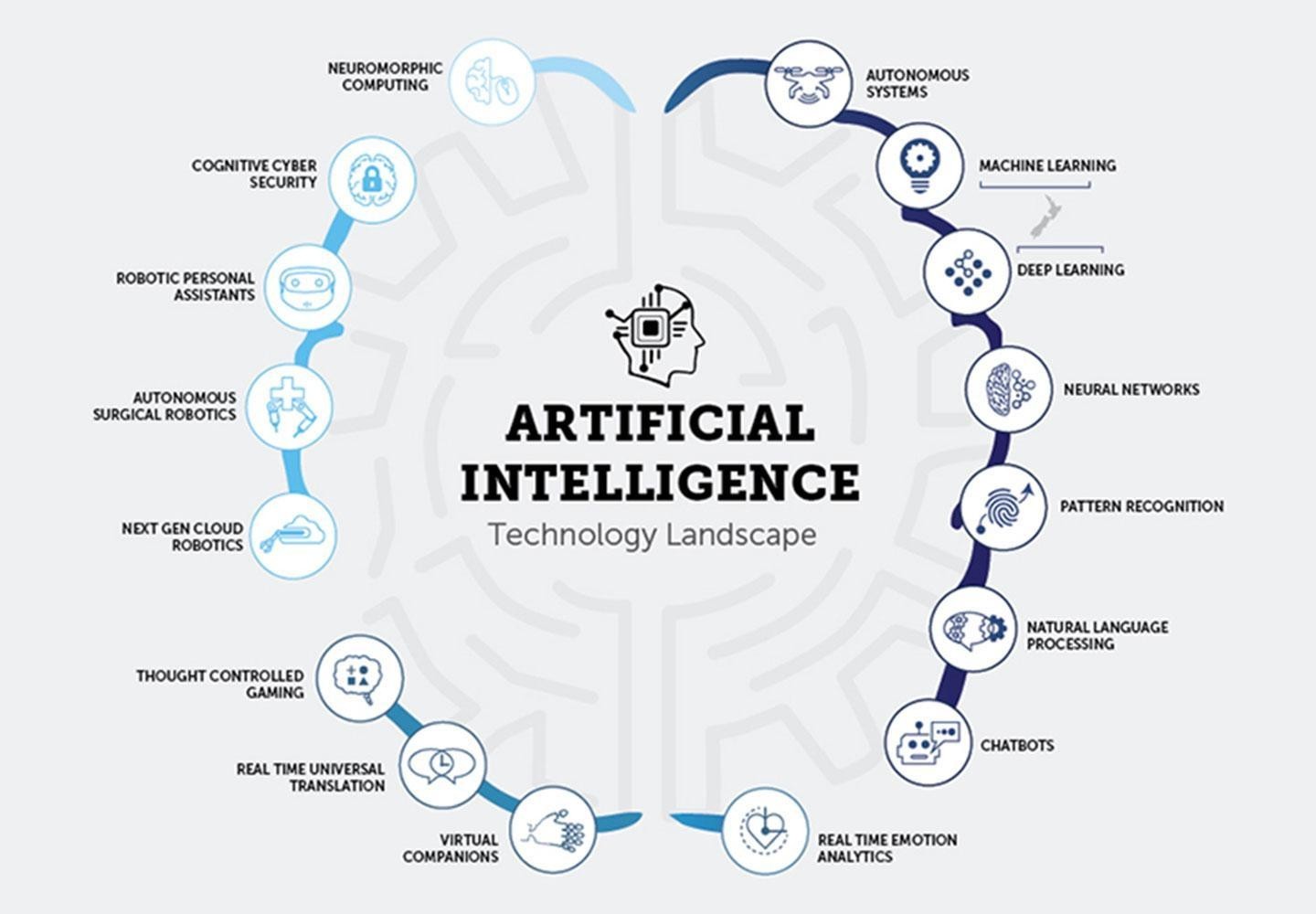
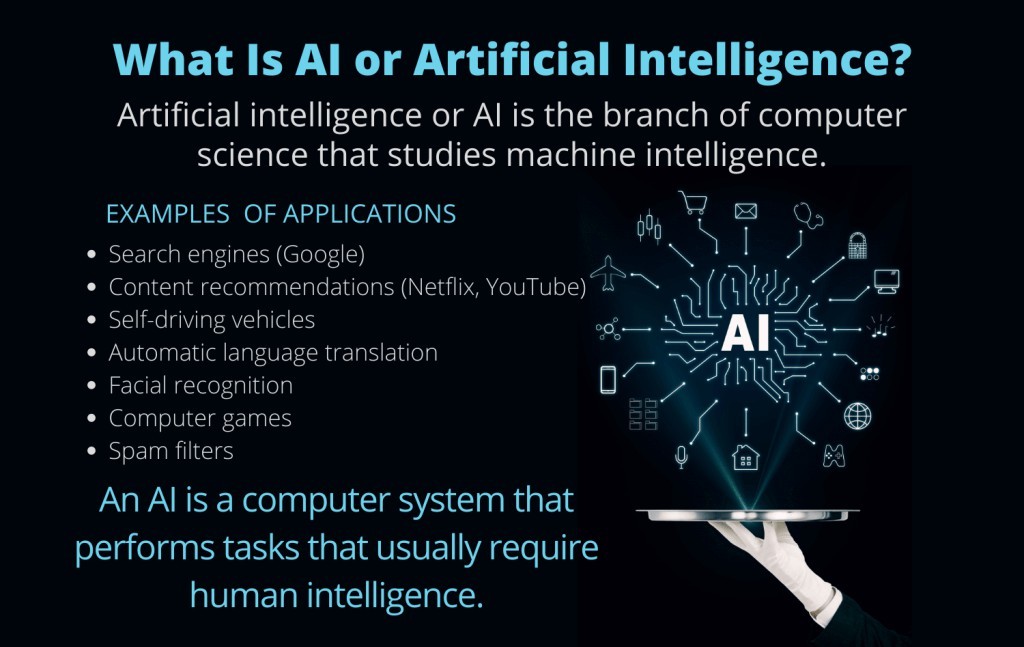
2.
What is the history of AI?

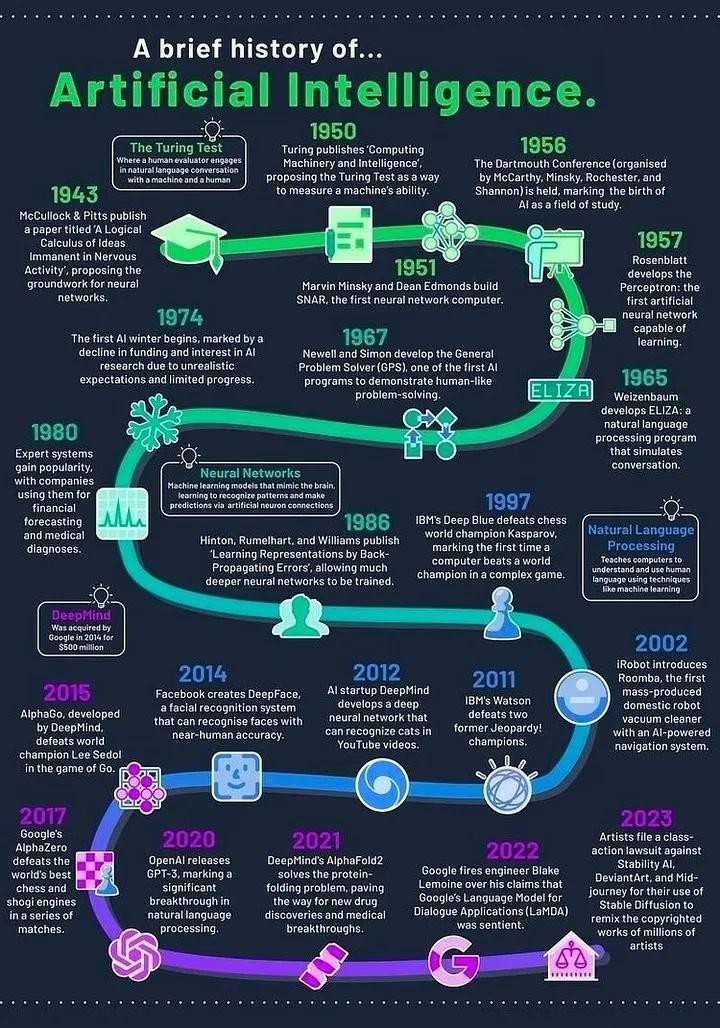
3.
Mention different types of AI?
- There are three kinds of AI based on capabilities:
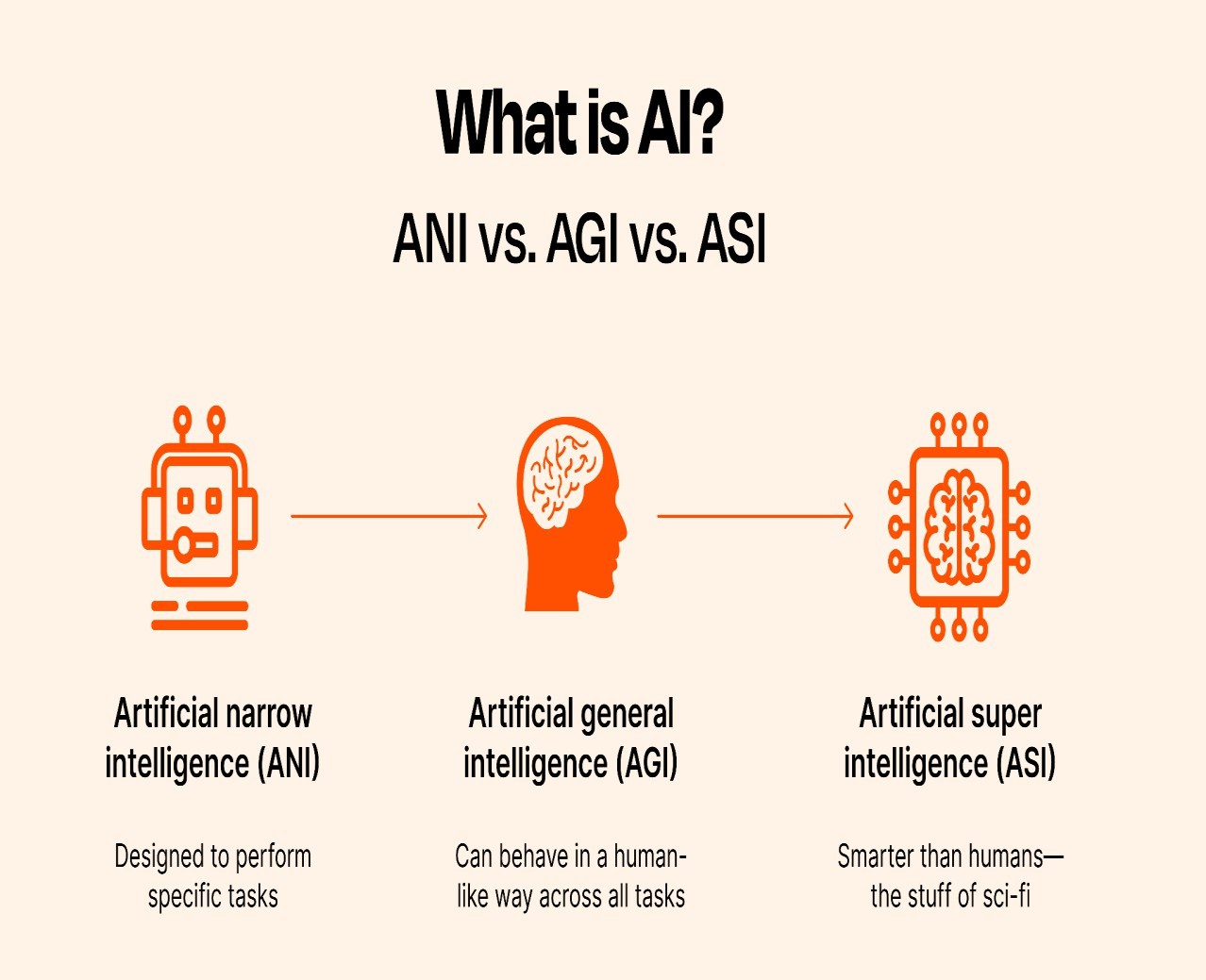

| Types of AI | Analysis |
|---|---|
| Narrow AI |

|
| General AI |

|
| Artificial super AI |

|
- There are four types of AI based on functionalities:
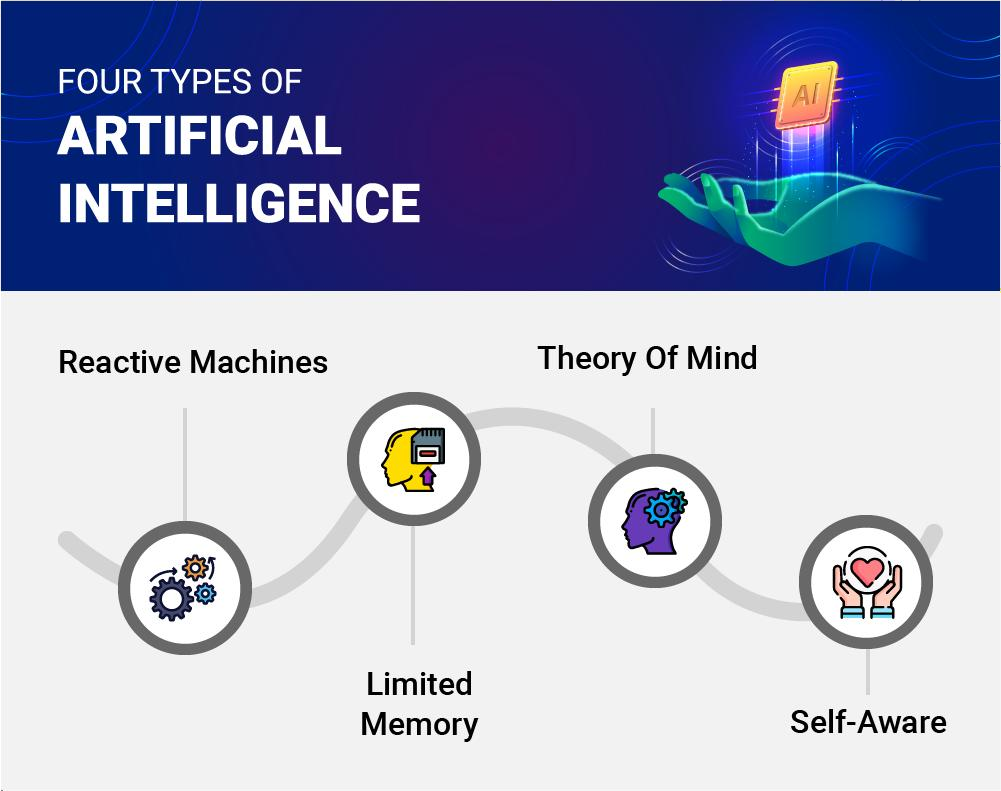
| Types of AI | Analysis |
|---|---|
| Reactive Machine AI |
Examples of Reactive Machine AI:
|
| Limited Memory AI |

Examples of Limited Memory AI:

|
| Theory of Mind AI |

|
| Self-Aware AI |

|
4.
What is OpenAI?
- OpenAI is an AI research lab and company that aims to develop AI and steer it in ways that “benefit all of humanity.”
- It was created at first as a non-profit organization due to its founders’ concerns about the potential misuse and catastrophe from AI being used “in the wild.”
- Several investors pooled together $1 billion to deliver research and resources that remain open to the public.
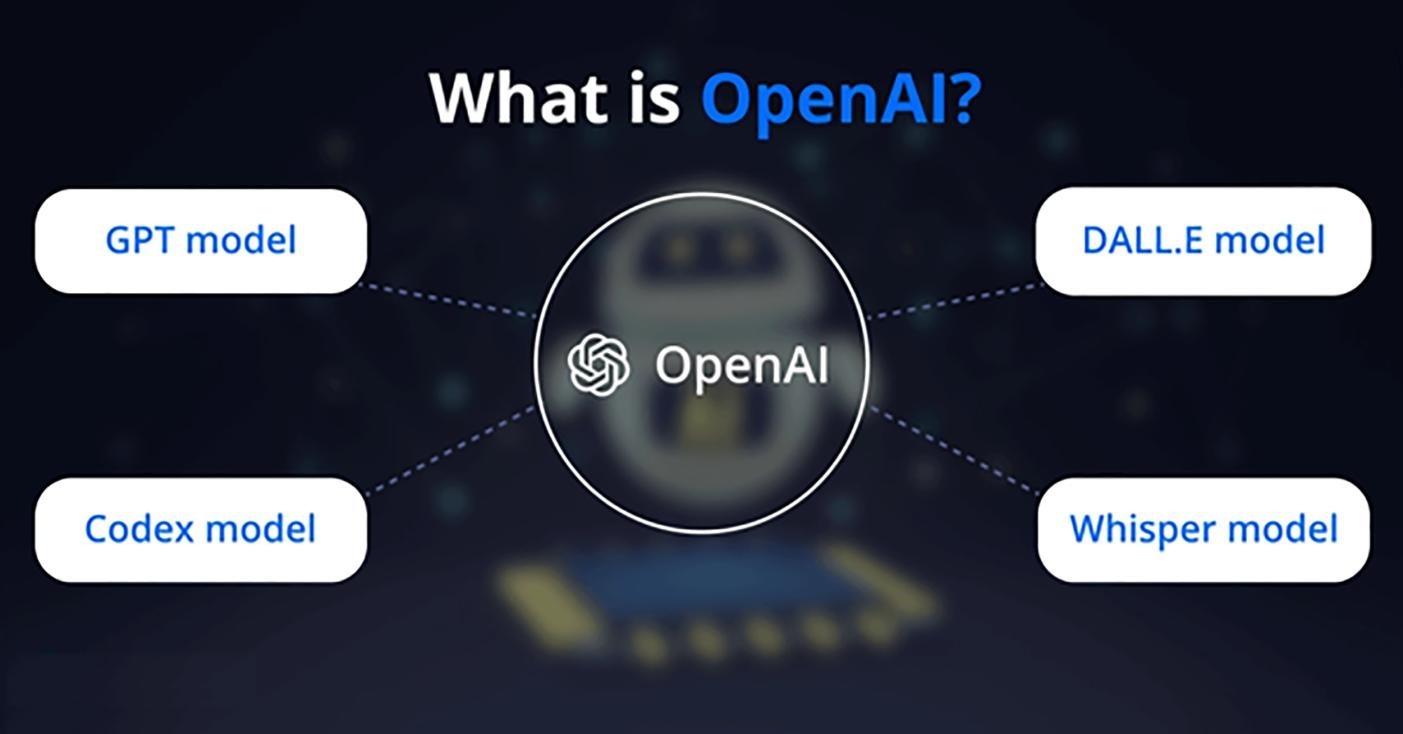
5.
What is the timeline and history of OpenAI?
- OpenAI was founded in 2015 with a focus on developing AI and machine learning tools for various activities.
- Its first offering was an open-source toolkit for developing reinforcement learning algorithms (OpenAI Gym), which prompted it to focus on AI research for more general purposes.
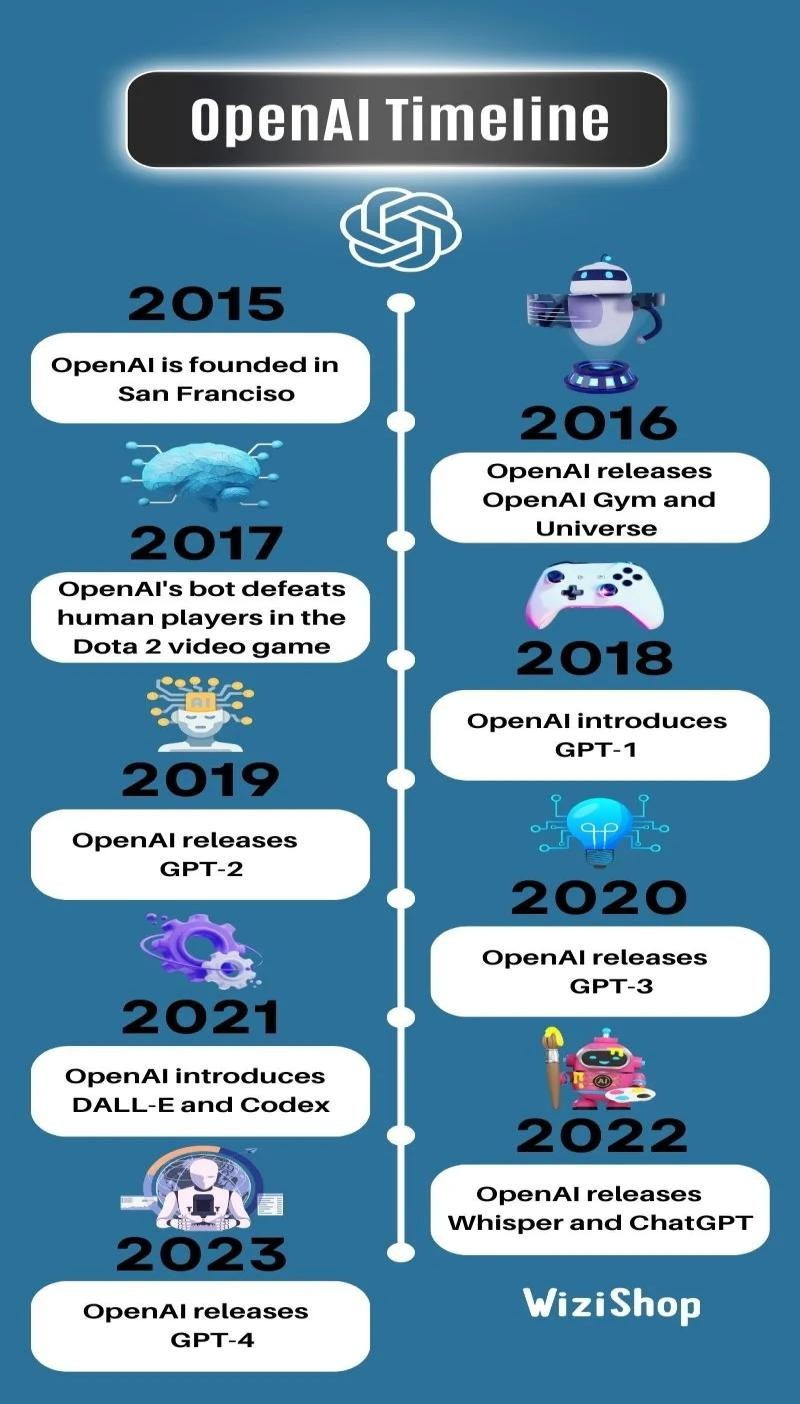
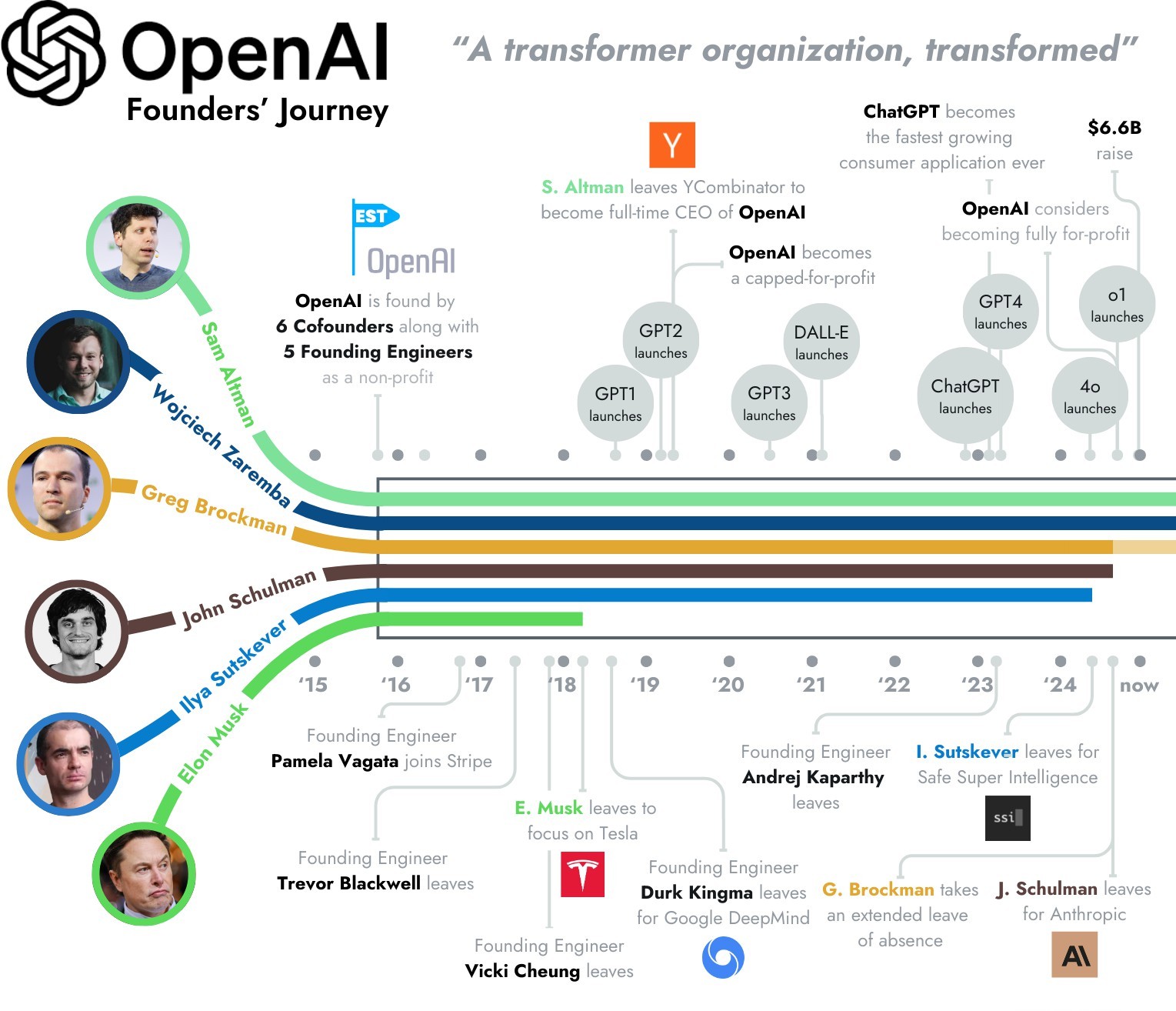
6.
Mention about the applications of OpenAI?
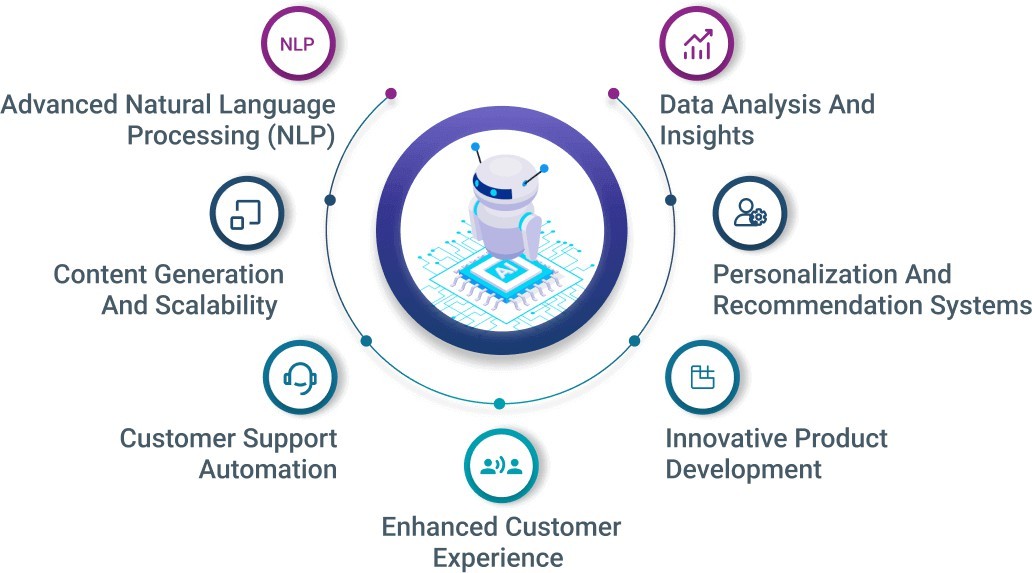
| Applications | Analysis |
|---|---|
| It can Be Integrated Into Applications |
|
| Virtual Assistants and Chatbots |
 |
| Content Generation |
|
| Image Generation |
|
| Enables ProblemSolving and Scientific Research |
|
| Easy AI Accessibility and Affordability |
|
7.
Mention about the challenges of OpenAI?
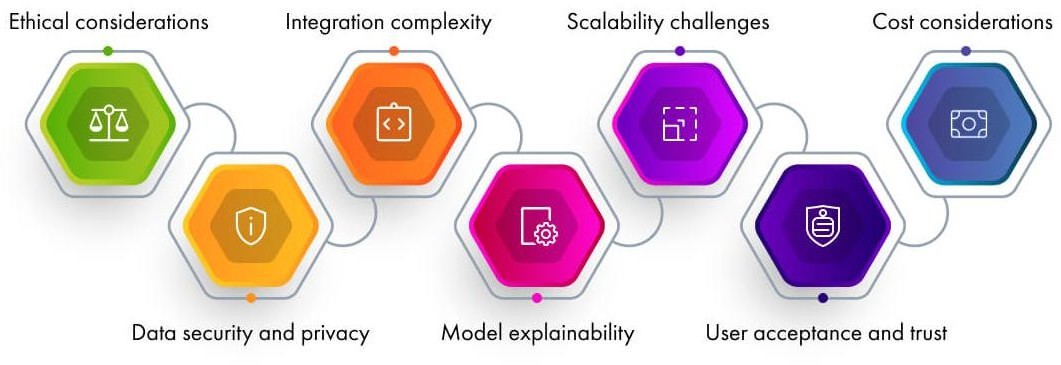
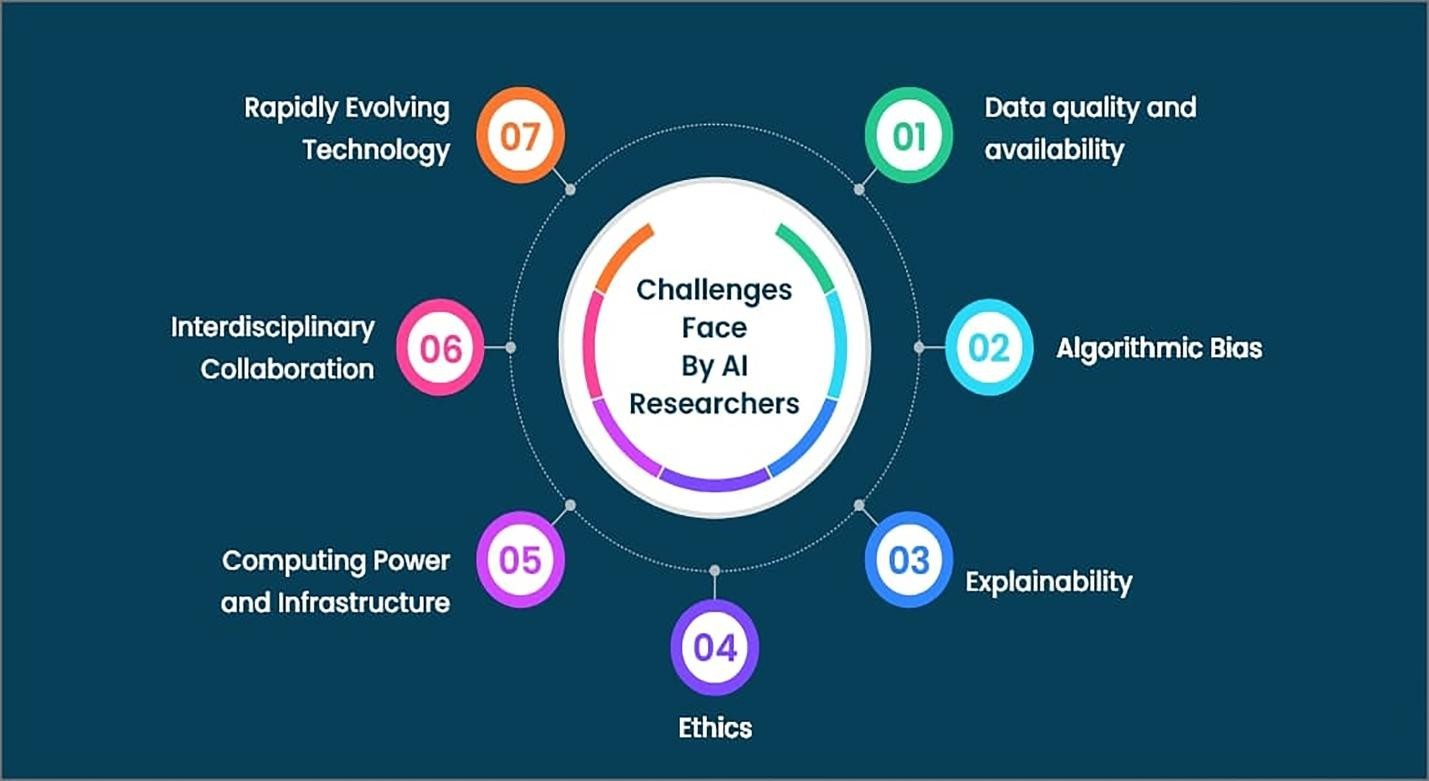
| Challenges | Analysis |
|---|---|
| Limited Online Browsing Capabilities |
|
| Potential for Misuse |
|
| Data Privacy and AI Bias |
|
| Little Transparency and Accountability |
|
8.
What is DeepSeek?
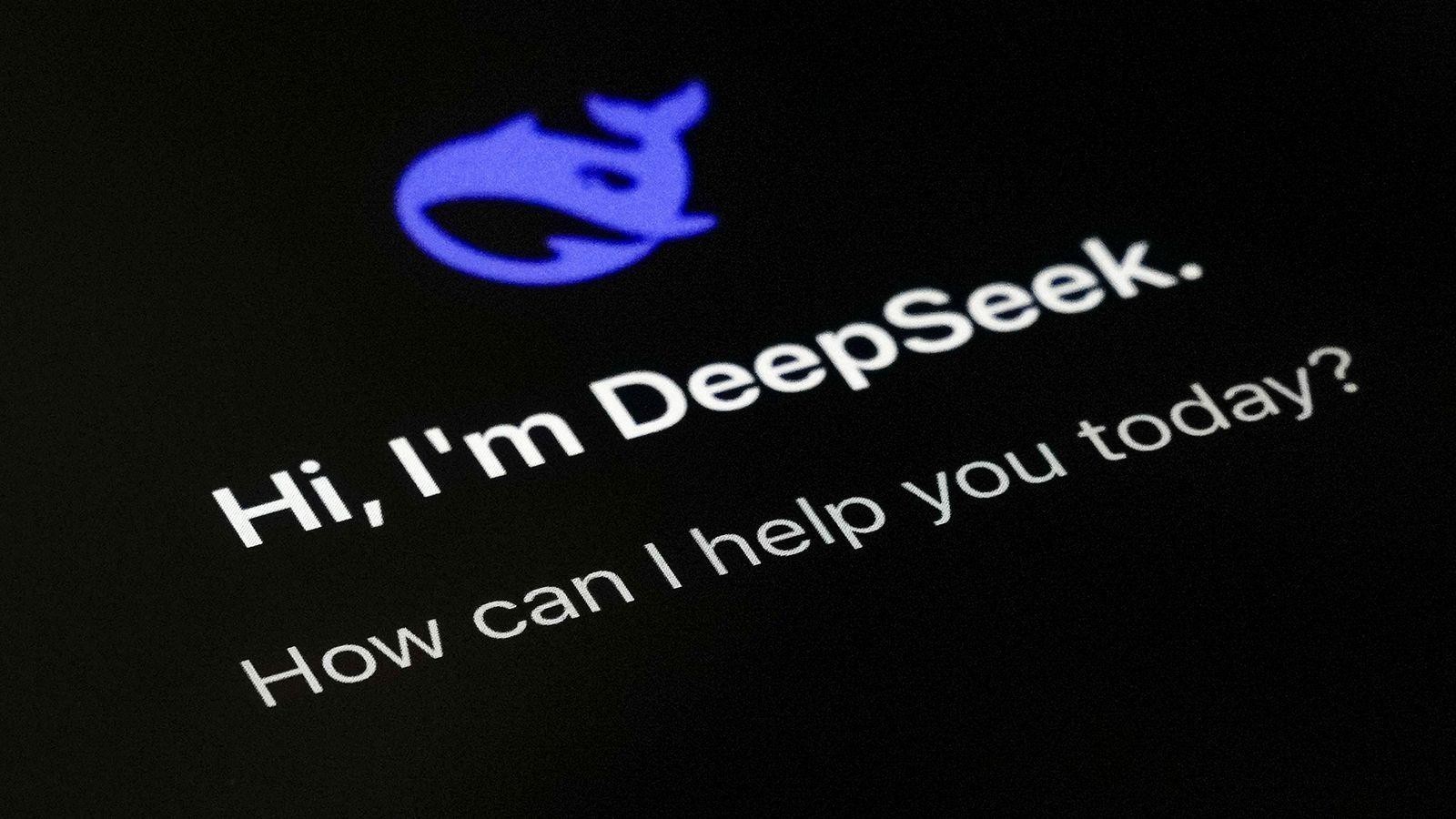
- DeepSeek AI is an advanced Chinese artificial intelligence model designed to perform tasks such as text generation, language translation, and human-like conversation.
- It is developed to compete with leading AI technologies from the West, including models from OpenAI, Google, and Meta.
- The startup was founded in 2023 in Hangzhou, China, by Liang Wenfeng, who previously co-founded one of China's top hedge funds, High-Flyer.
- The company wrote in a paper last month that the training of DeepSeek-V3 required less than $6m (£5m) worth of computing power from Nvidia H800 chips.
- The overall cost-effectiveness of DeepSeek is highlighted by its pricing structure, which is reportedly 20–40 times cheaper than equivalent models from OpenAI.
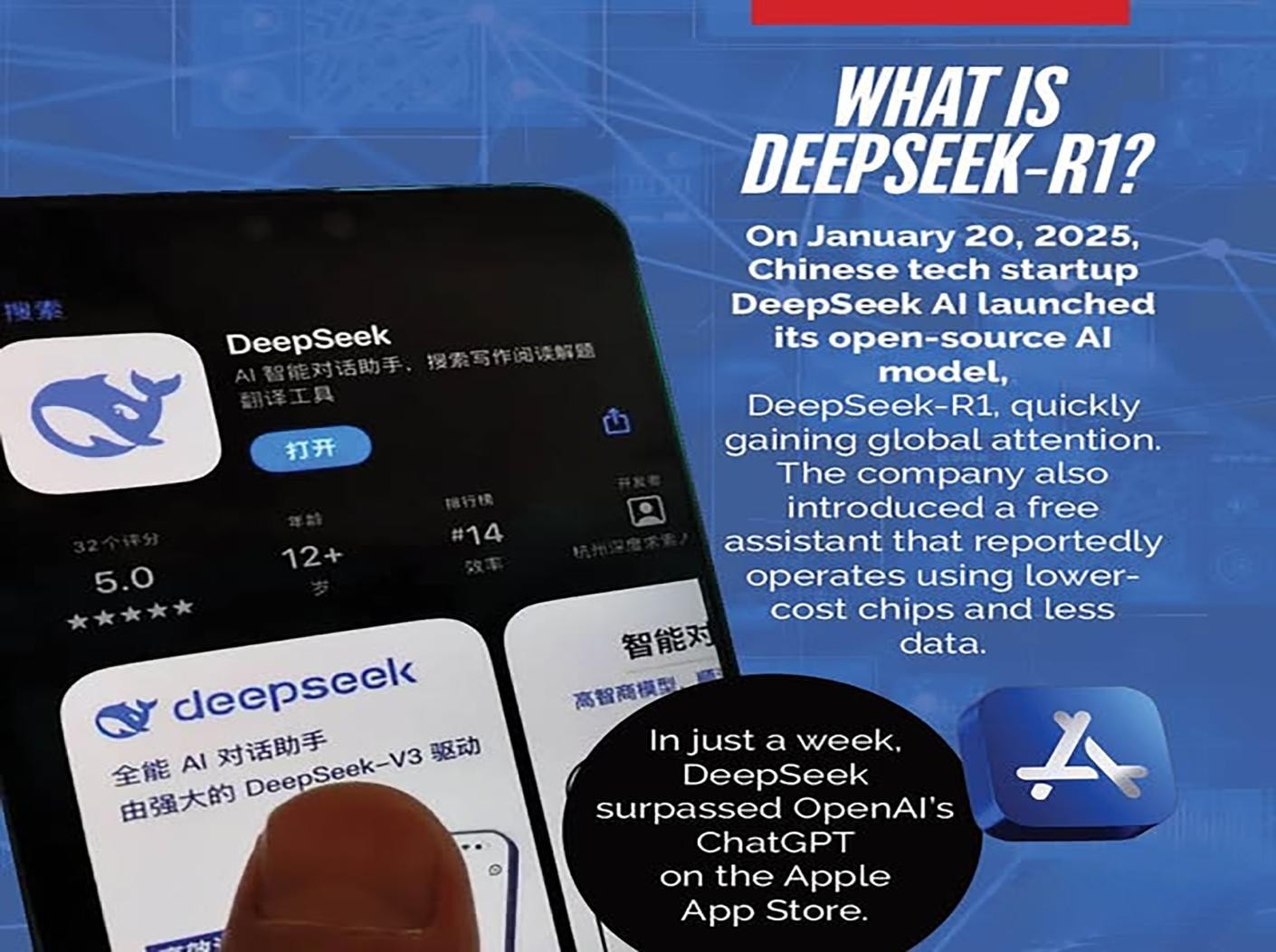
9.
What is the history of DeepSeek?
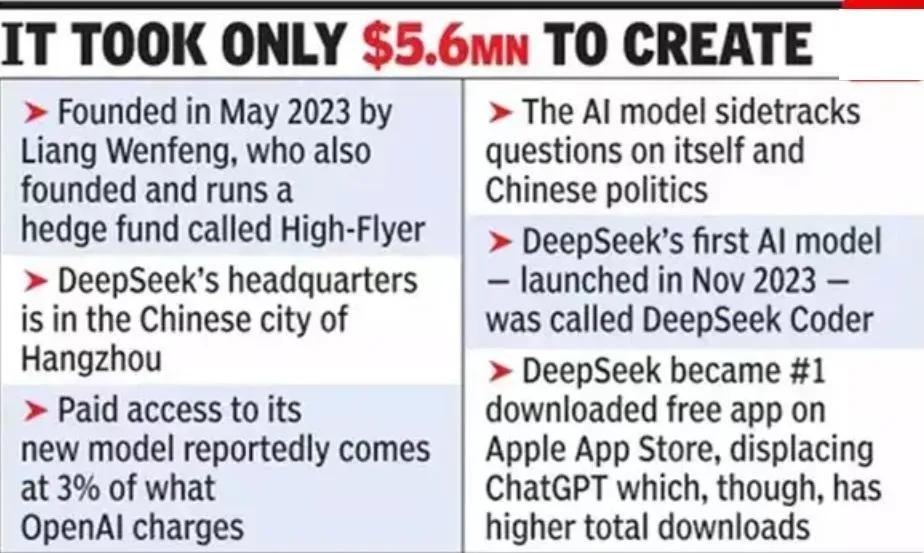

10.
How does DeepSeek work?
- DeepSeek operates through a structured process:
| Process | Analysis |
|---|---|
| Data Collection |
|
| Preprocessing |
|
| Model Training |
|
| Inference |
|
| Continuous Learning |
|
11.
Mention about the applications of DeepSeek?
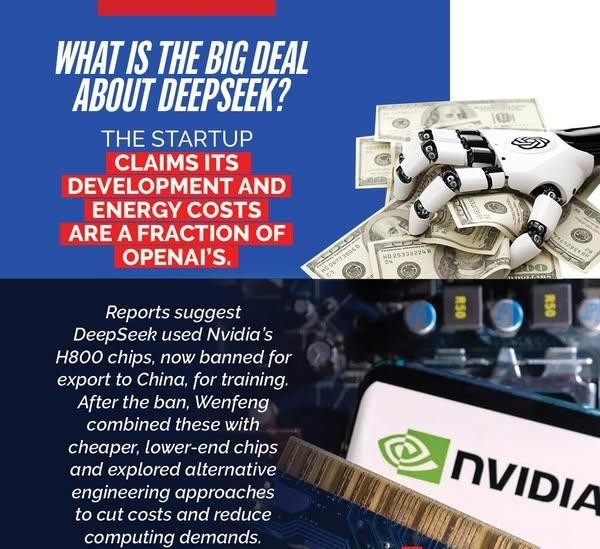
| Application | Analysis |
|---|---|
| Text generation |
|
| Information summarization |
|
| Question answering |
|
| Reasoning and logic tasks |
|
12.
Mention about the challenges of DeepSeek?
| Challenges | Analysis |
|---|---|
| Data Privacy |
|
| Bias in Training Data |
|
| Lack of Diversity in Development Teams |
|
| Context Mismatch |
|
| Misuse Potential |
|
| Regulatory Restrictions |
|
| Lack of Transparency |
|
| Regulatory and Ethical Standards |
|
13.
Enlist various differences between DeepSeek and OpenAI?
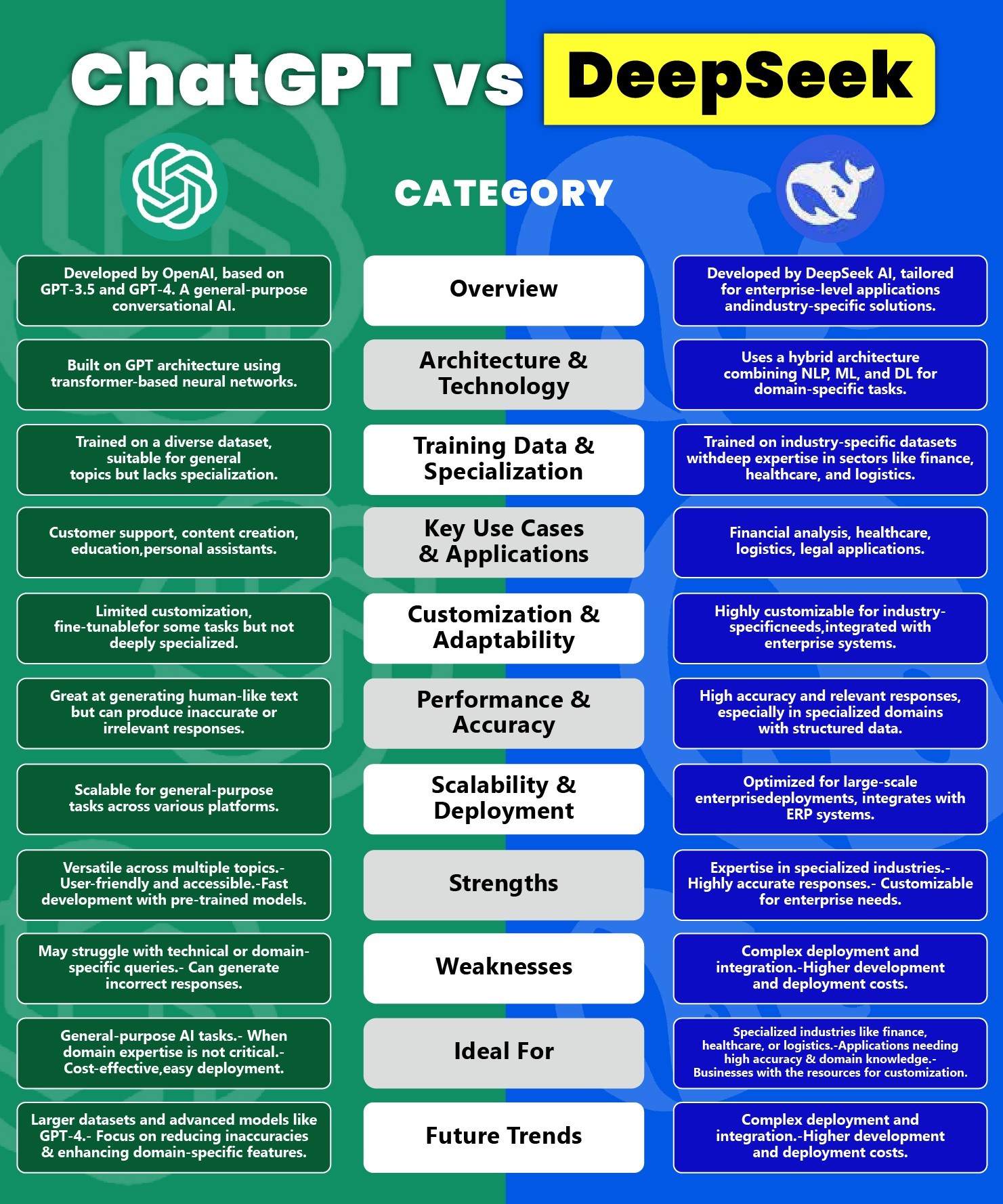

14.
What makes DeepSeek AI models different from other global large language models?
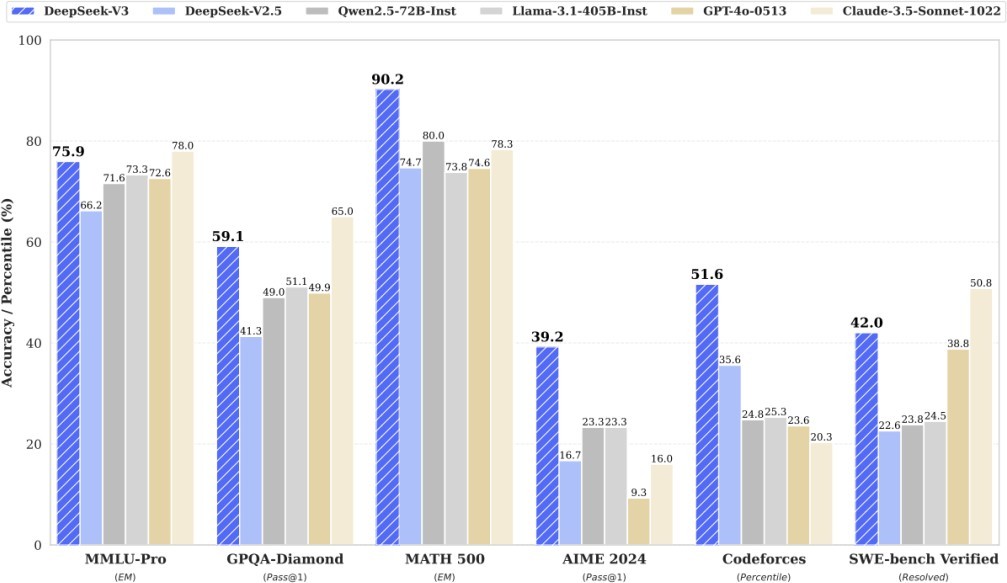
| Features | Analysis |
|---|---|
| Size |
|
| Cost Efficiency |
 |
| Performance |
 |
| Advanced AI Architecture |
|
15.
Why is DeepSeek raising alarms in the U.S.?
- While there was much hype around the DeepSeek-R1 release, it has raised alarms in the U.S., triggering concerns and a stock market sell-off in tech stocks.
- On Monday, Jan. 27, 2025, the Nasdaq Composite dropped by 3.4% at market opening, with Nvidia declining by 17% and losing approximately $600 billion in market capitalization.
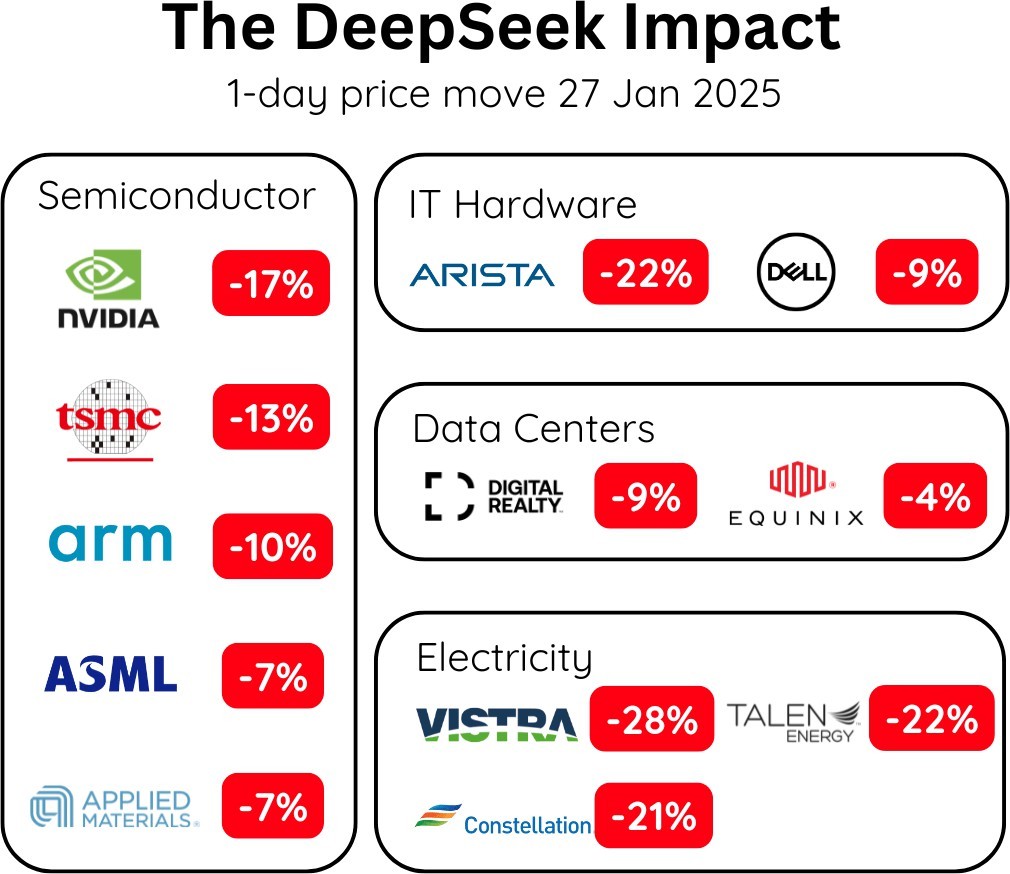


- DeepSeek is raising alarms in the U.S. for several reasons, including the following:
| Concern | Analysis |
|---|---|
| Cost disruption |
|
| Technical achievement despite restrictions |
|
| Business model threats |
|
| Geopolitical concerns |
|
16.
Enlist countries that have banned the use of DeepSeek’s AI?

| Country | Analysis |
|---|---|
| Italy |
|
| Taiwan |
|
| Australia |
|
| United States |
|
| India |
|
17.
Where does India stand in the global AI race?
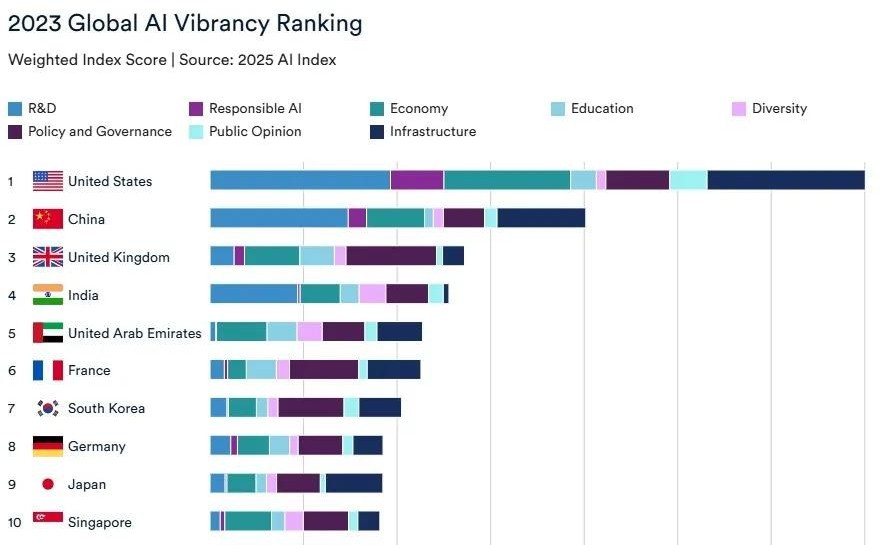
- India is emerging as one of the global leaders in the field of Artificial Intelligence (AI), with the country securing fourth rank in AI development in an assessment by the US-based Stanford Institute for Human-Centered AI (HAI)
- The Stanford HAI has released its findings about the AI-led technology ecosystem at a global level, using the Global Vibrancy Tool 2024 developed by the institute.
- According to the index, India scores highly in AI research and development, indicated by a good performance in parameters such as AI Journal Publications, AI Conference Publications, AI Journal Citations and AI Conference Citations, alongside having notable AI GitHub projects and scoring well in relative AI skill penetration, AI hiring and AI talent concentration.
- However, India lags behind the top three countries in areas such as policy and governance and infrastructure, bringing down its overall weighted score.
18.
What is the history of AI development in India?
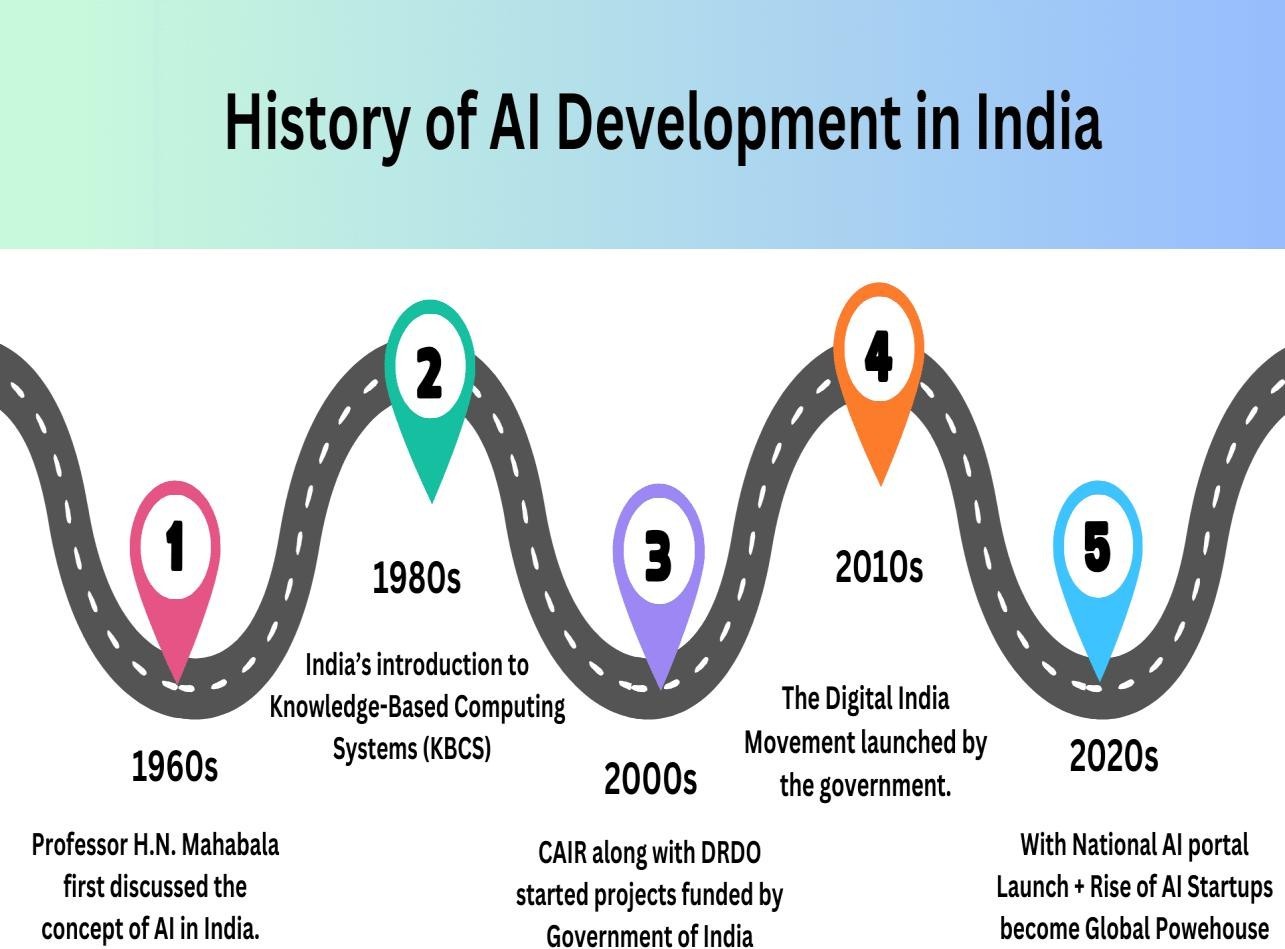
19.
What is the impact of Artificial Intelligence on various sectors in India?
| Sectors | Impact |
|---|---|
| Healthcare |

|
| Finance |
|
| Manufacturing |

|
| Retail |
|
| Education |

|
| Agriculture |
 |
20.
What are the challenges in India’s AI development?
- Despite the well-acknowledged potential of AI to drive national growth and prosperity, there are significant hiccups along the way that are hampering a wide scale adoption of AI solutions in India.
- The Data Security Council of India (DSCI) has highlighted some of these key challenges in a recently released whitepaper.
| Challenges | Analysis |
|---|---|
| Data security and privacy issues |
|
| Limited AI expertise and lack of investment to implement AI solutions |
|
| Lack of AI and cloud computing infrastructure |
|
| Lack of data and poor data quality |
|
| Lack of integrity and ethics with AI and ML solutions |
|

21.
Mention initiatives taken by India for AI development?
| Initiatives | Analyses |
|---|---|
| IndiaAI Mission |
  |
| National Strategy for Artificial Intelligence |

|
| AI for All |
|
| Budget 2025-26 |

|
22.
What is the Paris AI summit 2025?

- The Paris AI Summit 2025, held on February 10-11 at the Grand Palais, convenes global leaders, tech giants, and experts to discuss AI's future. Co-hosted by France and India, the summit focuses on equitable AI access, environmental sustainability, and establishing international governance frameworks.
- This is the third edition of the AI Action Summit, following two previous editions held in the UK in 2023 and a smaller gathering in Seoul, South Korea, last year.
- The Paris AI Summit 2025 focuses on several key themes related to the opportunities, benefits, and governance of AI.
- These themes include:
- AI for Public Good: Exploring how AI can be applied in sectors like healthcare, education, and governance to benefit society.
- Future of Work: Examining AI's impact on job automation and the creation of new employment opportunities.
- Innovation and Culture: Discussing AI's transformative role in creativity, content generation, and cultural industries.
- Global AI Governance: Seeking common ground on ethical AI use, regulations, and global policies.
- Trust and Transparency: Addressing concerns related to AI's decision-making processes, biases, and the spread of misinformation.
- Environmentally Sustainable AI Solutions: Promoting AI development that is environmentally friendly.
What is the relevance of the topic for UPSC CSE?
For Prelims: Key Recent Breakthroughs in Artificial Intelligence, Applications of AI in Different Sector, Precision farming, Digital banking, Acing Development of Innovative Technologies with iDEX (ADITI) scheme, India Skills Report, Quick commerce, Personal Data Protection Act 2023, FutureSkills Prime initiative.
For Mains: Key Opportunities AI Revolution Brings for India's Economic Growth, Key Challenges AI Poses to India's Traditional Economy
Some Previous Years Prelims Questions
Q1. Which one of the following words/phrases is most appropriately used to denote “an interoperable network of 3D virtual worlds that can be accessed simultaneously by millions of users, who can exert property rights over virtual items”?(2024)
(a) Big data analytics
(b) Cryptography
(c) Metaverse
(d) Virtual matrix
Q2. With the present state of development, Artificial Intelligence can effectively do which of the following?(2020)
1. Bring down electricity consumption in industrial units
2. Create meaningful short stories and songs
3. Disease diagnosis
4. Text-to-Speech Conversion
5. Wireless transmission of electrical energy
Select the correct answer using the code given below:
(a) 1, 2, 3 and 5 only
(b) 1, 3 and 4 only
(c) 2, 4 and 5 only
(d) 1, 2, 3, 4 and 5
Some Previous Years Mains Questions
Q1. The application of Artificial Intelligence as a dependable source of input for administrative rational decision-making is a debatable issue. [10 Marks, 2024]
Q2. Introduce the concept of Artificial Intelligence (AI). How does AI help clinical diagnosis? Do you perceive any threat to privacy of the individual in the use of AI in healthcare? [10 Marks, 2023]
Some Questions from This Year and Previous Years Interview Transcripts
Board Sheel Vardhan sir:
- What is the Difference between Artificial Intelligence (AI) and Machine Learning?
- What is artificial about AI?
- What is singularity in AI?
- I am anxious about AI as a technology.
- Are you anxious about AI?
Board Sanjay Verma sir:
- What do you mean by intelligence
- Now what is artificial intelligence?
- Who is intelligent - human intellectual or artificial intelligence?
- Where is maths used in AI?
Board B.B. Swain Sir:
- Have you heard about Artificial intelligence?
Board BB Swain Sir:
- You have worked on Al.
- We have seen the proliferation of Al like ChatGPT.
- What is GPT in ChatGPT?
- Give me examples of Al tools other than ChatGPT.
Board Dinesh Dasa sir:
- Tell me will there be job loss by AI ?
Some Questions for QUIZ
Q1. With reference to the Global Partnership on Artificial Intelligence (GPAI) consider the following statements.
1. GPAI is an international initiative to support responsible and human-centric development and use of Artificial Intelligence (AI).
2. India is one of its founding members.
3. GPAI was launched in the year 2023 during the G20 summit.
4. UNESCO has an observer status to GPAI.
5. GPAI is supported by a Secretariat hosted by the OECD.
How many of the above statements are correct?
(a) Only two
(b) Only three
(c) Only four
(d) All five
Some Questions for POLL
Q1. Do you think DeepSeek is better than OpenAI?
(a) YES
(b) NO
(c) Can’t say
Q2. Can India become world leader in AI?
(a) YES
(b) NO
(c) Can’t say